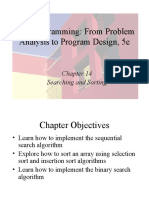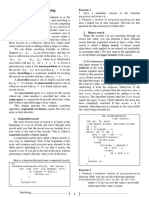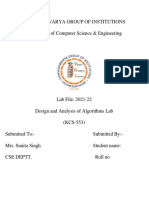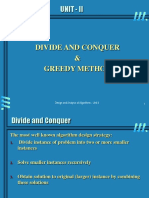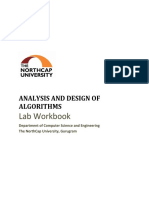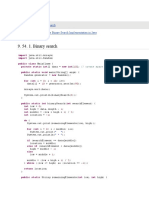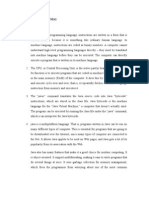0% found this document useful (0 votes)
61 views26 pagesTCC102-Unit1 - Part - 2 - Searching - Sorting - Recursion
The document discusses various algorithms for manipulating lists in Java including searching, sorting, and recursion. It covers sequential search, insertion sort, and binary search for ordered lists. Recursive algorithms like factorial and finding the largest value in an array are also presented. Base cases and general cases of recursion are defined.
Uploaded by
api-26781128Copyright
© Attribution Non-Commercial (BY-NC)
We take content rights seriously. If you suspect this is your content, claim it here.
Available Formats
Download as PPT, PDF, TXT or read online on Scribd
0% found this document useful (0 votes)
61 views26 pagesTCC102-Unit1 - Part - 2 - Searching - Sorting - Recursion
The document discusses various algorithms for manipulating lists in Java including searching, sorting, and recursion. It covers sequential search, insertion sort, and binary search for ordered lists. Recursive algorithms like factorial and finding the largest value in an array are also presented. Base cases and general cases of recursion are defined.
Uploaded by
api-26781128Copyright
© Attribution Non-Commercial (BY-NC)
We take content rights seriously. If you suspect this is your content, claim it here.
Available Formats
Download as PPT, PDF, TXT or read online on Scribd
/ 26
